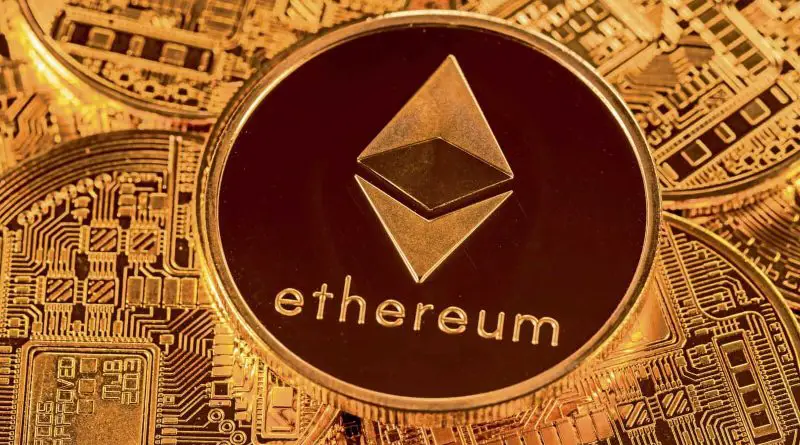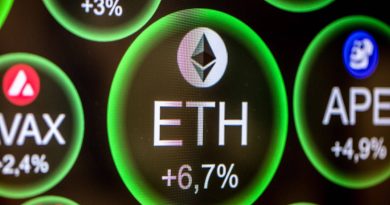Ethereum’s Switch Represents the Future of Cryptocurrency
A few users have taken to using pandas as avatars, with cartoon faces swaying and smiling in time with their human counterparts. The monochrome bear was chosen thanks to Hsiao Wei Wang, an Ethereum researcher, who created a meme depicting two bears, one black and one white, performing the “fusion dance” from the popular anime show “Dragon Ball Z.” The dance in the show combines two creatures into a single, stronger one. The panda, a cross between the two bears, has since become a symbol for “the merge.”
The term “merge” refers to the point at which the Ethereum blockchain will switch from “proof-of-work” to “proof-of-stake” as a consensus mechanism (the method by which all computers maintaining a blockchain agree to add new transactions to it). The merge is so named because, for nearly two years, a separate proof-of-stake blockchain known as the Beacon chain has been running alongside the original Ethereum blockchain for developers to test, improve, and test again.
This isn’t just a minor tweak. It is a complete overhaul of a $200 billion software project that has been running for seven years and will be implemented with no downtime if everything goes as planned. People in the crypto community compare the process to changing the engine of an airplane while it is in flight. Proof-of-work is extremely energy-intensive, necessitating massive amounts of computing power, and has resulted in blockchains like Ethereum and Bitcoin consuming as much energy as small countries. Proof-of-stake will consume 99.9% less energy. The effect on emissions will be as though, overnight, Chile had been switched off. More importantly, if the merger is successful, it will demonstrate that Ethereum has the capacity for self-improvement, opening the door to more radical changes.
Mr Buterin first proposed the Ethereum blockchain concept in 2014. It is a large database of all cryptocurrency transactions that have ever occurred, similar to Bitcoin. However, Mr. Buterin’s key insight was that the blockchain could do much more than that—it could also keep track of lines of code. This enables Ethereum to record not only currency transfers, but also transfers of all assets and functions maintained in “smart contracts,” self-executing agreements in which a chain of actions is triggered when certain conditions are met. Because of this capability, developers have been able to create a large network of financial institutions, such as exchanges and lenders, in code on the Ethereum blockchain.
The blockchain is maintained by a dozen pieces of software known as “clients,” which are developed by the core developers. These are written in a variety of programming languages, including Go, Rust, Java, and C#, and the software is run by “nodes”—computers that run client software to keep the Ethereum blockchain’s history. All decisions about what to do and whether to implement upgrades are made by a consensus among developers, people who own ether, the Ethereum blockchain’s native token, and people who have built applications on top of Ethereum or listed real-world assets on the blockchain.
Any plans and code are published in real time on GitHub, a programming repository. Every two weeks, the core developers gather as pandas or otherwise to discuss potential upgrades. In theory, anyone can become a core developer simply by working on the software.
As a result, developers are a motley crew. Some work for companies like ConsenSys, a Brooklyn-based blockchain-software firm founded by Joe Lubin, one of the few people who helped found Ethereum after Mr Buterin’s white paper in 2014. The Ethereum Foundation, a non-profit organization founded in Zug, Switzerland, in 2014 with proceeds from the sale of ether tokens, employs some. Others are hobbyists who are incentivized to help because they have tokens.




